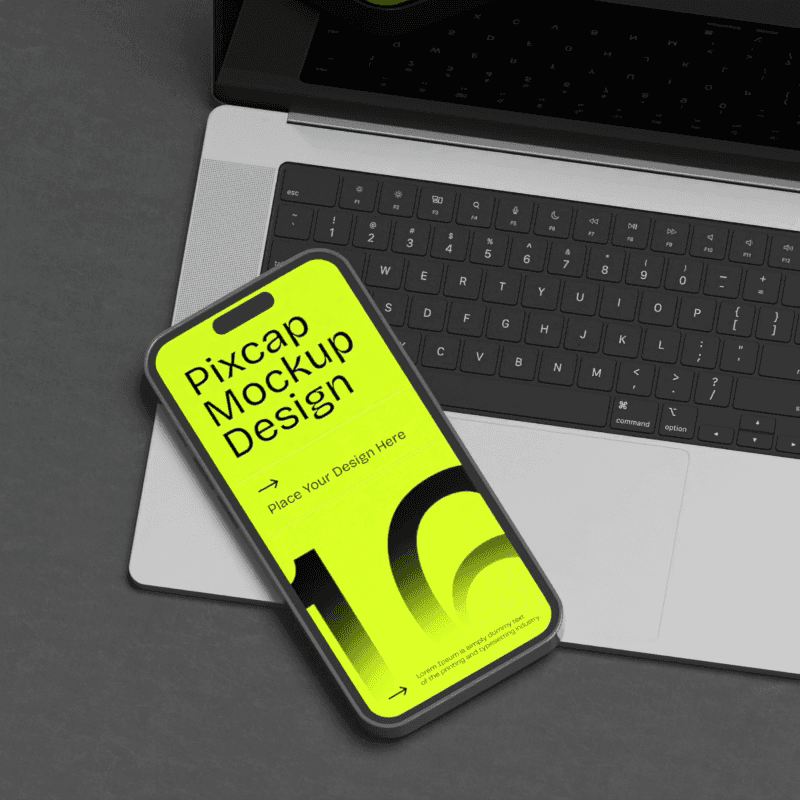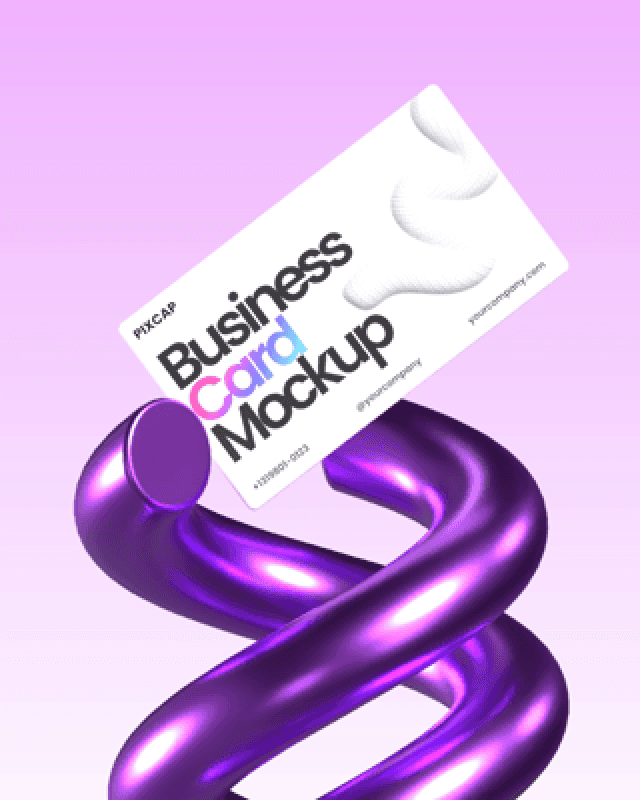A mockup is a visual representation or prototype of a design used to showcase the layout and elements of a product, application, or webpage. It provides a realistic depiction of how the final product will look like without investing too much time, effort and resources in its development.
Mockups have become an integral part of the design process as they allow designers and clients to collaborate and better understand the design before moving on to development. In this article, we will dive deeper into what a mockup is, its importance and how it can benefit your design process.
What is a Mockup?
A mockup is a visual representation of a product or design. It provides a preview of how the final product will look and function, without actually being fully functional. Mockups are commonly used in graphic design, web development, and product design to showcase ideas and gather feedback before moving on to the actual production stage.
Mockups can come in various forms such as sketches, wireframes, or digital designs. They can be created using various software tools like Adobe Photoshop, Sketch, or Figma.
Mockups are an essential part of the design process as they allow designers to get a better understanding of how their ideas will look in real life. By creating a mockup, designers can experiment with different color schemes, layouts, and functionalities to refine their designs and make necessary changes before the final product is developed.
Below is a t-shirt design mockup made on Pixcap. Use Pixcap design tool here.

Mockups vs. Wireframes vs. Prototypes
Understanding the difference between mockups, wireframes, and prototypes is key to effectively using them in the design process.
Wireframes are the simplest visual representation, focusing on layout and structure without detailed design elements. They are often the first step in visualizing the basic framework of a page or screen.
Mockups build upon wireframes by adding visual fidelity; they incorporate the design's color, typography, and imagery, providing a static but detailed view of what the final product will look like.
Prototypes, on the other hand, are interactive demos of the final product. They simulate user experience and functionality, allowing for in-depth testing before development.
Each of these tools serves a distinct purpose: wireframes for everything branding mockups for basic structure only, mockups for aesthetics, and prototypes for interaction. Knowing when and how to use each one can greatly enhance the design and development process.
Why Mockups Matter in Design
Mockups are invaluable in the design process because they provide a clear and detailed preview of how designs will look in the real world. They help to align expectations among designers, clients, and stakeholders create a mockup, ensuring that everyone has a shared understanding of the project.
This clarity reduces miscommunication and helps avoid costly changes later on. Moreover, mockups enable designers to experiment with different visual approaches quickly and without the need for coding, saving time and resources.
They also serve as a useful reference for developers, providing a visual guide that details the intended outcome. By offering a middle ground between abstract ideas and the final product, mockups facilitate decision-making and help to validate design choices early on.
Ultimately, mockups are a critical design tool used for refining aesthetics, functionality, and user experience before significant investments are made in development.
The Role of Mockups in Design
Mockups as a Communication Tool
Mockups are a vital communication tool in the design process. They act as a visual language that bridges the gap between the abstract ideas of designers and the concrete understanding of clients and team members.
Through mockups, complex concepts and design choices are made tangible, enabling stakeholders to visualize and engage with the proposed design. This visual communication is especially important when working with clients who may not have a technical background; it allows them to see and provide feedback on the design without needing to understand the intricacies of web design, theory or software.
Mockups can also be used internally to foster collaboration among project teams, ensuring that everyone on development team from designers to developers has a shared vision of the end goal. In short, mockups are essential for conveying ideas, eliciting feedback, and aligning the project team's objectives.
The Power of Visualizing Ideas with Mockups
The ability to visualize ideas with mockups is a game-changer in the design process. It allows designers to bring their concepts to life, creating a visual representation that can be assessed and refined.
This visualization is crucial in identifying potential issues and opportunities for improvement that may not be obvious in a textual or conceptual format. It enables designers to see how different elements interact on a page, how the overall aesthetic comes together, and how the design aligns with the brand's identity.
Moreover, visualizing ideas with mockups encourages creativity and exploration. Designers can try out multiple variations quickly website mockup, compare different design approaches, print mockups side-by-side, and iterate on their ideas in a low-risk environment.
The immediate visual feedback that mockups provide is instrumental in achieving a more polished, user-centric design that meets both the clients' needs and the users' expectations.
Real-world Benefits for 3D Designers and Animators
For 3D designers and animators, mockups provide significant real-world benefits. They allow these professionals to present their 3D models and animations in context, showcasing how they would fit within an environment or as part of a larger system. This context is invaluable for clients and stakeholders who need to understand the practical applications of a design.
Additionally, mockups can help in identifying any spatial or aesthetic issues that might not be apparent in a 3D model alone. Animators can use mockups to demonstrate motion and interaction within a scene, providing a more comprehensive preview of the final animation.
These visual prototypes device mockups also enable designers and animators to receive specific feedback on certain elements, from textures to lighting, which they can then refine. Ultimately, mockups serve to contribute to a smoother workflow and a higher quality end product, as they facilitate early detection and correction of potential problems.
How SMEs Can Leverage Mockups
Enhancing Production Design
Small to medium-sized enterprises (SMEs) can gain a competitive edge by incorporating mockups into their production design process. Mockups allow SMEs to visualize new products realistically and make adjustments before investing in manufacturing. This can lead to significant cost savings by preventing the need for physical prototypes at every design iteration.
Additionally, mockups can be used to showcase product concepts to potential investors or clients, helping to secure funding or pre-orders without the need for a finished product. For SMEs looking to innovate, mockups provide a platform for testing out ideas in a tangible form, enabling them to explore creative solutions and refine their offerings.
This approach packaging mockups not only enhances the design and product development process, but also accelerates the time to market for new products, giving SMEs a valuable advantage in today's fast-paced business environment.
Marketing Strategies: The Power of Visual Mockups
Visual mockups are a potent tool in the marketing arsenals of small to medium-sized enterprises. They can be used to create compelling visual content that demonstrates products in a real-world context, even if those products are still in the development stage. By using mockups in marketing materials, SMEs can generate interest and buzz around their products, giving customers a clear idea of what to expect.
This print mockup strategy can be particularly effective on social media platforms, where visually striking content is more likely to be shared and engaged with by potential customers.
Additionally, visual mockups can be used in A/B testing to determine which design elements resonate most with the target audience, allowing for data-driven marketing decisions. By leveraging the power of visual mockups, SMEs can enhance their marketing strategies, improve customer engagement, and ultimately drive sales.
Incorporating Mockups into Online Presence
For SMEs, an impactful online presence is essential for attracting and retaining customers. Incorporating mockups into websites, online stores, and social media can enhance the visual appeal and user experience.
Mockups enable businesses to display their products in high-definition, interactive formats that grab the viewer's attention. They can also simulate how products can be used or give a tour of a digital service, making the online experience more engaging. This visual storytelling helps customers envision themselves using the products, which can be a powerful motivator for purchase decisions.
Furthermore, using mockups online allows for uniformity of user interface, and brand consistency across different platforms. By adopting mockups into their web page and online presence, SMEs can create a professional and attractive display of their offerings, helping to establish credibility and trust with their audience.
Mockups in Advertising and Marketing
Crafting Visually Appealing Campaigns
In the realm of advertising and marketing, mockups are essential for crafting visually appealing campaigns that capture the audience's attention. They allow marketing teams to create realistic and engaging visuals that can be used across various media platforms, from print to digital.
Through creating mockups, advertisers can test different designs and messages before a campaign goes live, ensuring that the visual elements are both striking and effective in communicating the intended message. This pre-testing helps in fine-tuning the campaign to appeal to the target demographic more effectively.
Mockups also provide a consistent visual theme that can be carried throughout an entire campaign, reinforcing brand recognition and recall. By using mockups, agencies can present their ideas in a more polished and professional manner, which not only impresses clients but also resonates with consumers.
Engaging 3D Animated Mockup Videos
3D animated mockup videos have become a popular tool in advertising and marketing. These videos allow businesses to showcase their products or services in action, making them more tangible and engaging for consumers.
By incorporating 3D animation into mockups, companies can bring their creative ideas to life, allowing customers to experience the product virtually before making a purchase. This level of interaction creates a more personalized and immersive experience, ultimately increasing the chances of conversion.
Find out more about the tool and start creating 3D animated mockup videos on Pixcap for free!














